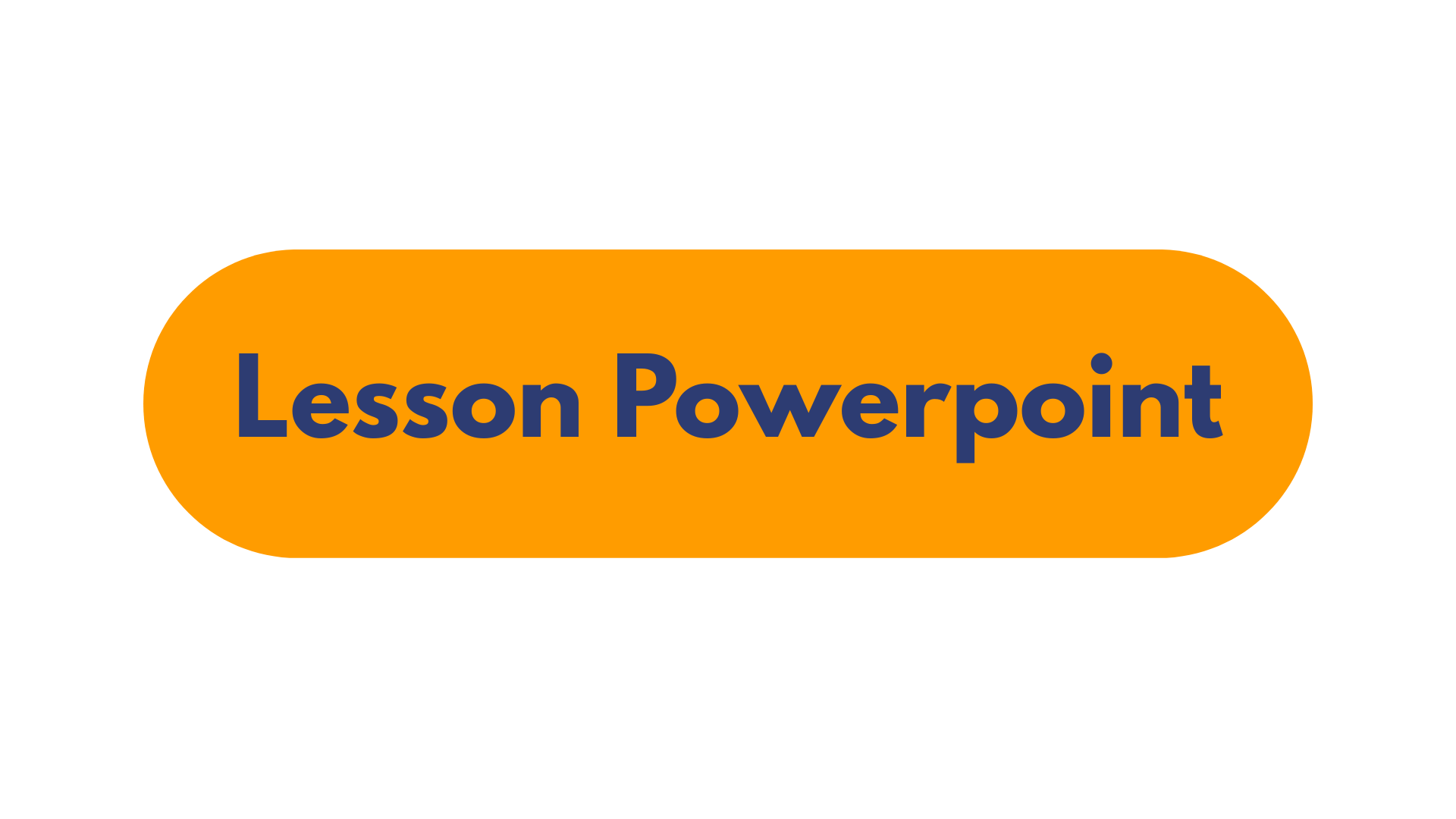K3L9 Incline-vestigate
Class Duration: 45 minutes
Age: 3 to 6 years old
Class Size: 10 children
Lesson Objectives:
- By the end of the class, the children will be able to identify and describe inclined planes and wedges, and understand how they are used to move objects.
- Through hands-on exploration, the children will demonstrate an understanding of how inclined planes and wedges affect the motion of objects, by experimenting with different angles and sizes.
- The children will develop problem-solving skills and critical thinking by applying their knowledge of inclined planes and wedges to design and construct simple machines that utilise these concepts.
Material List:
- Simple Machines Learning Resources Box
o 2 Heavy Barrels
o Lever Board
o Wedge
- Prediction Sheets
- Inclined plane (can be made using a sturdy board or a ramp)
- Various objects of different shapes and sizes (e.g., toy cars, balls, blocks) - Measuring tape or ruler
Preparation:
- Prepare a large flat surface for demonstration and experiments
- Prepare additional props required for the class
- Prepare enough prediction sheets for children to jot down their observations and predictions during experiments
- Familiarise with the related subject knowledge to ensure the smooth flow of the lesson
o Force is a special power that makes things move or stop moving. It's like a push or a pull that can make things change their position or shape. We can't see force, but we can feel its effects.
o Examples of Force:
▪ Pushing a toy car and watching it move forward.
▪ Pulling a wagon and feeling it move behind you.
▪ Kicking a ball and seeing it roll away.
▪ Throwing a paper airplane and watching it fly through the air.
Procedure:
1. Warm-up Singing (3 minutes)
● Fill the room with music and excitement!
● Sing I Love Science Song
2. Exploration A: “Understanding Inclined Planes” (12 minutes)
Demonstration
● Introduce the concept of “Force”
● Gather objects such as ball, feather, toy car
● Ask children to experiment with pushing and pulling these objects and see how force affects them. Encourage them to observe how different objects respond to force and discuss their findings.
● Use the following discussion questions:
- What happens when you push a toy car? Does it move?
- What happens when you pull a wagon? Does it come closer to you? o What happens when you kick a ball? Does it roll away?
- What happens when you throw a feather? Does it fly through the air? ● Conclude that force is something that can make objects move or stop moving. It’s like a pull that we can feel but can’t see.
Exploration
Introduce preschoolers to inclined planes and how they affect the distance objects can travel. Encourage prediction skills and observation of cause and effect.
● Set up an inclined plane and have children guess what happens when a toy car is put on it and how far it will travel. Mark the distance with tape.
● Set up the inclined plane with a higher angle, encourage children to predict if the object will reach the same distance, further or closer. Record predictions on their prediction sheet. Mark the distance with tape.
● Set up the inclined plane with a lower angle, encourage children to predict if the object will reach the same distance, further or closer. Record predictions on their prediction sheet. Mark the distance with tape.
3. Exploration B: “The Power of Wedges“ (15 mins)
In our previous session, we explored how the angle of inclined planes can impact the distance objects can travel. Now, we will further develop our understanding and investigate how the combination of inclined planes and wedges can assist us in moving heavy objects.
Demonstration
● Create an inclined plane using the lever board and wedge (from the box). o Pick up the board; find the first notch on its side.
o Align this notch with the tab on the top of the wedge, and snap it into place. This is the inclined plane's fulcrum.
o Place a standing barrel underneath the elevated lever board so it rests on top of the barrel. This will prevent the board from tipping.
4. Experiment: Barrel Roll (10mins)
Problem: You need help getting the heavy barrel from the ground to the back of a truck. How can you use an inclined plane to move the barrel?
● Place a heavy barrel on its side at the bottom of the inclined plane. Invite children to push it up the inclined plane, using their fingers to move it to the top.
● Discussion questions:
o Why do you think it’s easier to move an object up an inclined plane than to carry the object up stairs?
o What if you need to get an object from the back of a truck to the ground without dropping it? How could you use an inclined plane?
● Make a conclusion: How does an inclined plane Ho help move heavy objects? Can you think of other uses for an inclined plane?
7. Tidy Up (5 minutes)
● Time to tidy up! Make it fun – who can be the neatest explorer?
● Reflect on the day's journey with a simple recap of their scientific adventure. ● Offer heartfelt praise for their efforts and the new knowledge they've gained.
